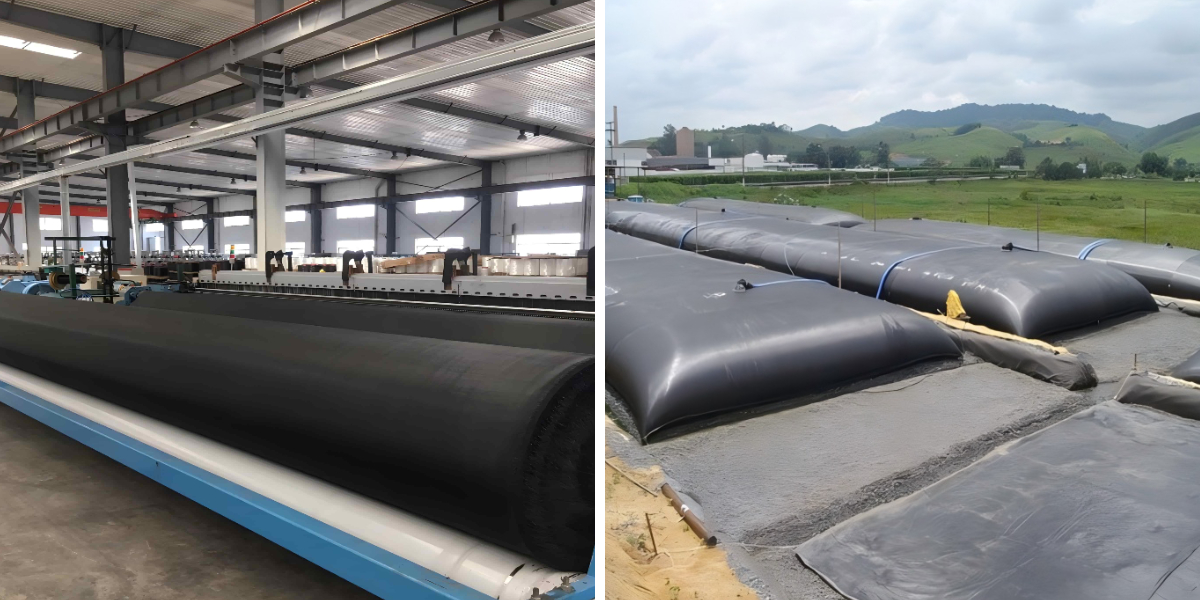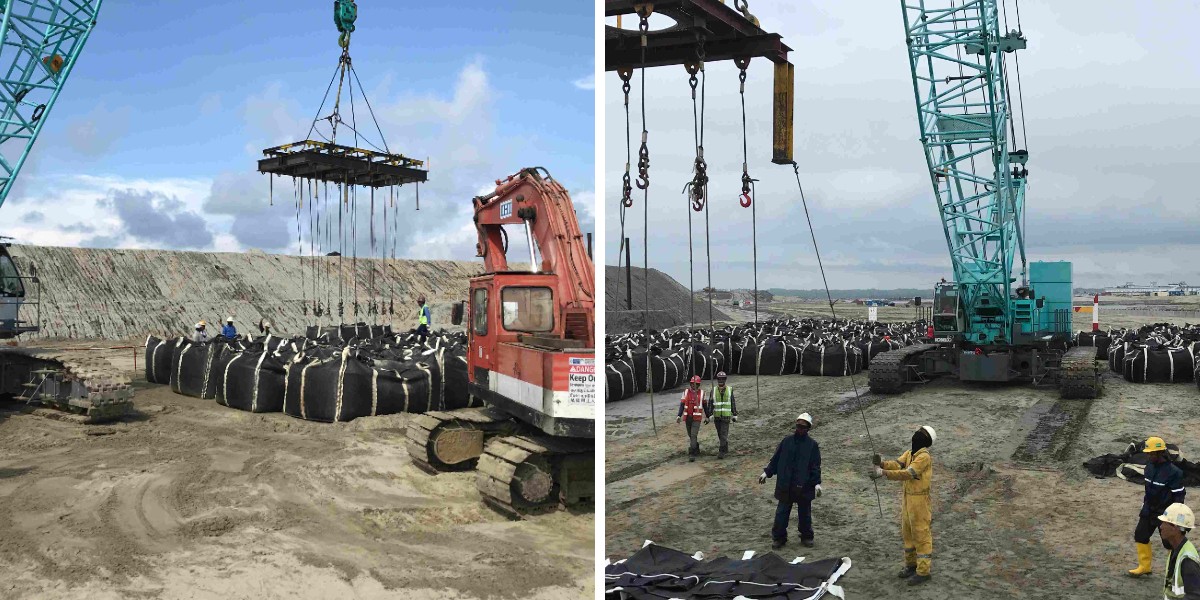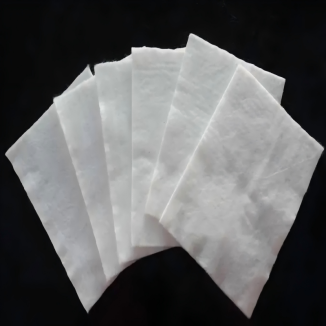Dewatering Bags Maintenance: Tips to Extend Their Service Life
Dewatering luggage are integral equipment in water management, extensively used in construction, environmental remediation, and flood manipulate projects. Just like Flood Control Geotube and Flood Control Bags, they depend on suitable renovation to supply steady performance. Neglecting maintenance can shorten their lifespan, make bigger substitute costs, and even compromise undertaking safety. This information shares realistic upkeep suggestions to assist you maximize the provider lifestyles of dewatering bags, with insights into how these practices align with caring for comparable merchandise like geotube dewatering systems.
What Are Dewatering Bags and Why Maintenance Matters?
Dewatering luggage are woven cloth containers designed to separate water from sludge, sediment, or different solids. They work through permitting water to drain via their permeable cloth whilst conserving solids—similar to how Flood Control Geotube operates in large-scale water containment. Whether used for industrial wastewater cure or post-flood cleanup (where Flood Control Bags may take care of floor water), dewatering luggage face consistent publicity to moisture, debris, and bodily stress.
Maintenance is imperative because:
Unchecked particles buildup can block drainage, lowering efficiency.
UV publicity and chemical contact can weaken the material over time.
Improper storage after use might also lead to mildew or tearing.
By following a ordinary upkeep routine, you can keep away from these issues, making sure your dewatering bags—and even 配套的 (supporting) Flood Control Geotube systems—last thru a couple of projects.
Pre-Use Inspection: The First Step to Longevity
Before deploying dewatering bags, a thorough inspection units the stage for long-term durability. This step is simply as necessary as making ready Flood Control Bags earlier than a storm or checking a geotube dewatering setup for leaks.
Check for cloth damage: Look for tears, holes, or fraying in the woven material. Even small cracks can amplify underneath pressure, main to solids leakage.
Inspect seams and stitching: Ensure seams are intact. Loose threads or separated seams are frequent failure points, specifically in baggage reused from preceding projects.
Clear the deployment area: Remove sharp objects, rocks, or particles from the floor the place the bag will sit. This prevents punctures—similar to how you’d put together a web site for Flood Control Geotube installation.
Verify compatibility: If coping with chemical substances or acidic sludge, affirm the bag’s cloth (e.g., polypropylene) resists corrosion. Using the incorrect kind shortens lifespan, tons like the use of widespread Flood Control Bags in chemical-contaminated water.
A 5-minute pre-use test can keep hours of repairs later.
In-Use Care: Keeping Dewatering Bags Working Efficiently
Once deployed, dewatering baggage want ongoing monitoring—just as you’d display Flood Control Bags at some point of a flood to make certain they maintain returned water. Here’s how to keep performance:
Control filling velocity and pressure: Overfilling or filling too shortly can stretch the fabric, weakening it over time. Follow producer guidelines, comparable to how geotube dewatering structures require particular filling rates.
Clear floor debris: Leaves, twigs, or floating solids can clog the bag’s pores, slowing drainage. Use a tender brush or hose to gently cast off buildup—avoid sharp equipment that may scratch the fabric.
Monitor for uneven weight distribution: If solids settle lopsidedly, the bag might also sag or tear. Redistribute contents carefully, as you would alter Flood Control Geotube alignment to forestall bulging.
Protect from severe conditions: In direct sunlight, cowl the bag with a UV-resistant tarp to minimize cloth degradation. For freezing temperatures, drain extra water to keep away from ice expansion—similar to winterizing Flood Control Bags.
By addressing troubles mid-use, you forestall minor issues from turning into principal failures.
Post-Use Cleaning and Storage: Preserve for Future Use
Proper cleansing and storage after use are key to reusing dewatering bags. This step is regularly not noted however is as quintessential as storing Flood Control Bags in a dry, cool area after a flood.
Empty and rinse thoroughly: Remove all final solids, then rinse the bag with smooth water to dispose of residue. For cussed sludge, use a low-pressure hose—high stress can harm the cloth (a tip that additionally applies to cleansing geotube dewatering components).
Dry definitely earlier than storage: Hang the bag or lay it flat in a well-ventilated area. Moisture trapped in the course of storage motives mould and mildew, which consume away at the fabric. Never fold or roll a damp bag, simply like you wouldn’t save moist Flood Control Bags.
Store in a included area: Keep luggage away from direct sunlight, excessive temperatures, and sharp objects. A blanketed shed or storage container works best. For giant quantities, dangle them on racks to keep away from creases that weaken the cloth over time.
Label and organize: Note the bag’s circumstance (e.g., “used once, no damage”) to keep away from needless inspections later. This is specially beneficial when managing a couple of sorts of equipment, from dewatering baggage to Flood Control Geotube accessories.
Troubleshooting Common Issues
Even with suitable care, dewatering luggage may additionally face problems. Here’s how to tackle them, drawing parallels to fixing problems with Flood Control Bags or geotube dewatering systems:
Clogged drainage: If water stops draining, gently flush the floor with water. For deep clogs, use a soft-bristled brush to dislodge solids—never use metallic tools.
Fabric weakening from chemicals: If the bag dealt with acidic or alkaline materials, amplify rinsing time. Consider treating the material with a shielding spray (consult the producer first) to lengthen life, similar to how you may deal with Flood Control Bags used in harsh environments.
Tears or punctures: Small holes can be patched with cloth restore tape designed for woven materials. For large damage, retire the bag to keep away from failure—safety constantly comes first, whether or not the usage of dewatering luggage or Flood Control Geotube.
Final Tips: Align Maintenance with Project Needs
Tailor your protection activities to your precise use case:
For flood-related initiatives (where Flood Control Bags and dewatering baggage are used together), prioritize speedy post-use cleansing to stop mildew from standing water.
In industrial settings with geotube dewatering systems, time table weekly inspections to seize chemical-related put on early.
For seasonal use, such as post-monsoon cleanup, focal point on thorough drying and storage to maintain luggage geared up for subsequent year.
By following these tips, you’ll lengthen the carrier existence of your dewatering bags, minimize costs, and make sure they operate reliably when needed. Remember: upkeep isn’t simply about keeping equipment—it’s about defending the success of your projects, whether or not you’re the use of dewatering bags, Flood Control Geotube, or Flood Control Bags.
Contact Us
Company Name: Shandong Chuangwei New Materials Co., LTD
Contact Person :Jaden Sylvan
Contact Number :+86 19305485668
WhatsApp:+86 19305485668
Enterprise Email: cggeosynthetics@gmail.com
Enterprise Address: Entrepreneurship Park, Dayue District, Tai 'an City,
Shandong Province









